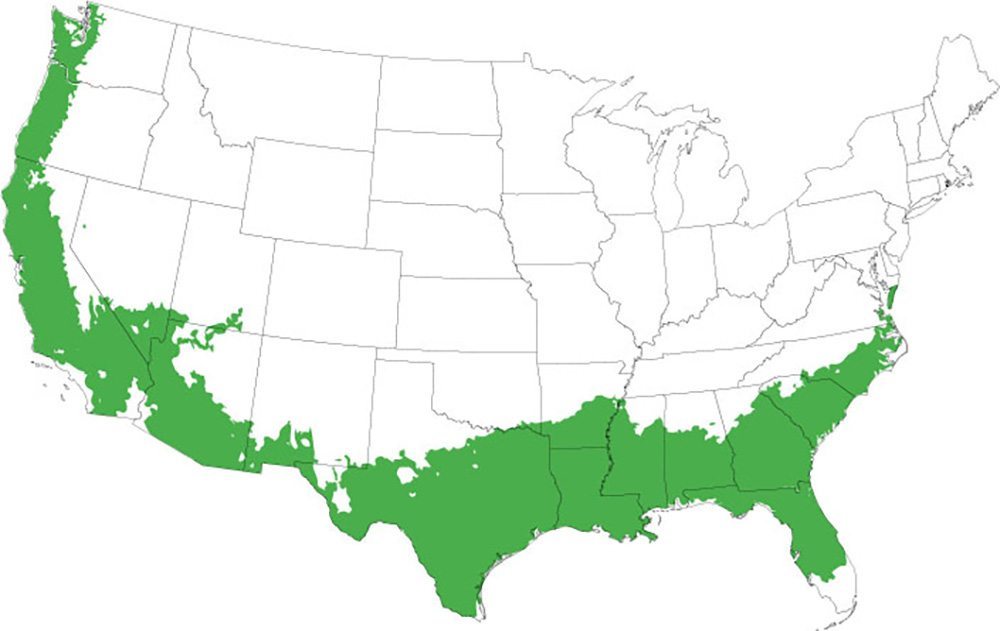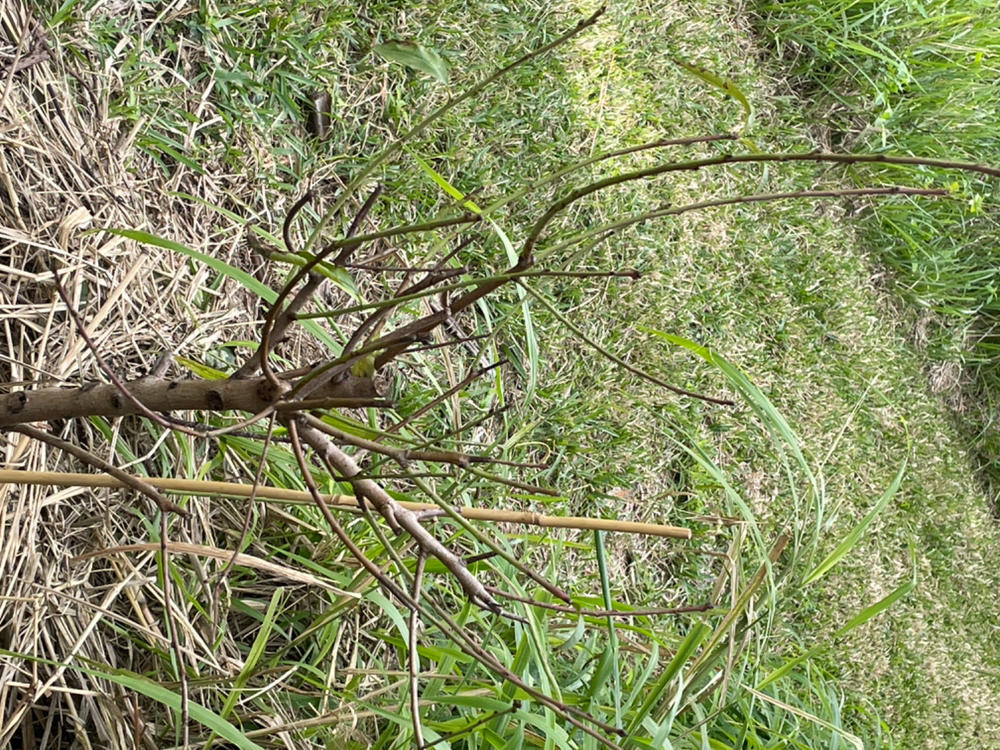Buy Sunraycer Nectarine Tree for Sale Online
Get ready to race into the world of juicy, sun-kissed fruit with our Sunraycer Nectarine Tree. This tree is bursting with flavor and will have you feeling rejuvenated in no time.
The Sunraycer Nectarine Tree produces an abundance of large, succulent nectarines that are sweet in taste. Imagine sinking your teeth into juicy, sun-ripened yellow fruit! Plus, the nectarines are semi-clingstone, making them easy to enjoy.
The Sunraycer produces large, yellow semi-clingstone nectarines that begin to ripen in early May and require only 275 chill hours. This nectarine cultivar is exceptionally disease resistant and self-pollinating. The fruit is large in size and features non-browning flesh.
The Sunraycer Nectarine Tree boasts beautiful, glossy green leaves that provide the perfect backdrop for showcasing those vibrant, sun-kissed nectarines. This nectarine cultivar offers a deliciously rich nectarine flavor and produces exceptionally well in central Florida.
How to Care for Sunraycer Nectarine That You Bought Online
The Sunraycer will grow between 15 and 20 feet in maturity and will begin to flower in February or March. This peach variety will begin to produce fruit one to two years after planting.
When it comes to growing this fruit tree in your landscape, it's important to choose a sunny location that gets at least six to eight hours of direct sunlight a day. These nectarine trees thrive in full sun, so give them a spot where they'll thrive. As for soil, they prefer well-draining soil that's rich in organic matter.
The Sunraycer Nectarine Tree is self-fertile, meaning it doesn't need another tree for cross-pollination. However, if you plant another compatible variety nearby, you can increase your chances of a bumper crop.
When it comes to watering your Sunraycer Nectarine Tree, consistency is key. You'll want to keep the soil evenly moist but not waterlogged. Aim for about an inch of water per week, but adjust according to rainfall and temperature. And here's a tip: mulch around the base of the tree to help retain moisture and keep those roots happy.
The Sunraycer Nectarine Tree typically grows at a medium pace, reaching a mature height of around 12-18 ft and a spread of 12-15 ft. This makes it a great choice for landscapes of any size.
So, if you're ready to take home the gold in the fruit-growing game, the Sunraycer Nectarine Tree is your ticket to loads of fruit. With its luscious nectarines, stunning foliage, and easy care requirements, this tree will have your garden feeling like a winner.
Ask a question

Sunlight
Full Sun
Foliage Color
Green
Flower Color
Pink
Mature Width
12-15 ft
Mature Height
12-18 ft
Growing Zones 8, 9

FAQs for Sunraycer Nectarine Tree





































